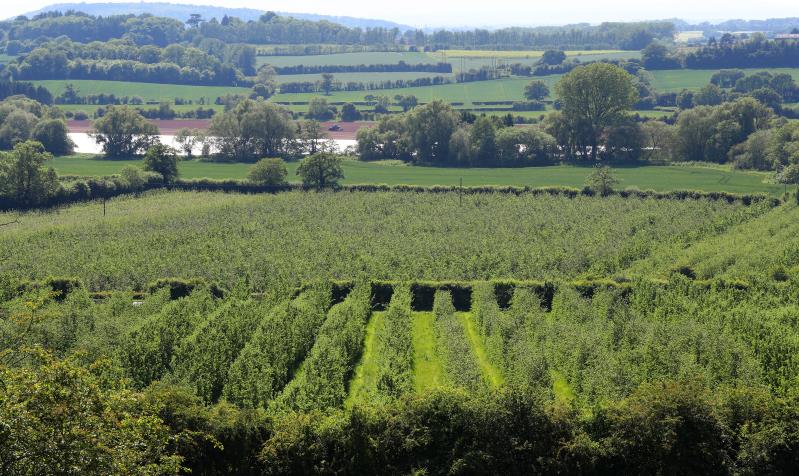As attention increasingly turns to the next cropping year there are few things to think about as you make plans, and two topics in particular will be important to some of you, for the benefit of your business and the wider policy battles agriculture faces.
Changes to urea use
As we approach the industry ‘self-regulation’ of Option Four coming into force next April, it’s worth revisiting the key dates, and reasons why they are important.
Some of you will have used urea for a long time, others may be new to it, or may have returned to it because of the situation in the fertiliser market over the past couple of years.
Either way, at the heart of ‘Option Four’ has been the work of the NFU and industry partners to ensure you retain access to urea fertiliser, whether that’s because it’s agronomically superior for your farm, or because of the resilience and competition it brings to the fertiliser market.
We must not forget the government consultation proposed a preferred option of a ban on solid urea fertiliser, which would have been disastrous with the impact of the energy crisis and the war in Ukraine.
At shows over the summer and member events, it is clear that many NFU members have already planned ahead to ensure you comply with ‘Option Four’ a brief summary of which allows uninhibited solid urea between 15 January and 31 March each year.

Outside of these dates, you can still use inhibited solid urea. The rules for liquid are a little different, because uninhibited liquid urea is also allowed between 15 January and 31 March, but with a specific FACTS recommendation you may be able to use it outside of this period as well. Otherwise, it will also need to be inhibited.
Farming Rules for Water
The FRfW (Farming Rules for Water) have also been back in the news following coverage of growers receiving letters from the EA (Environment Agency) questioning whether they had the appropriate green cover established by 15 October last year, and this date is rapidly approaching once again.
The Defra guidance on FRfW state that green cover must be established by 15 October to reduce the risk of diffuse pollution following applications of organic manures.
The definition of green cover is quite wide in FRfW, but we also know there are many reasons why establishing it can be tricky in individual circumstances. As a result, it’s important to bear in mind some of the potential justifications for not doing so. These include allowing medium and heavy soils to weather before a spring-sown root crop, or to control persistent weeds.
But the key here, and with so much of the FRfW, is to have a clear and detailed plan to show this to the EA if needed. As frustrating as it is sometimes to have to plan, justify, and record actions and applications, it’s the first thing any inspector will ask to see and evidence of good practice will make the process easier for you – and criticism of organic manures harder – when Defra reviews the policy.
The scrutiny of urea, manures and fertiliser more widely has not gone away, so it’s important we all do what we can to comply with Option Four and FRfW.
It it’s always tricky to say this – it sounds a little ‘preachy’ – but it is more important than ever that we show the government, regulators and critics that once again the approach of working with the NFU to create good policy is better than banning things.



